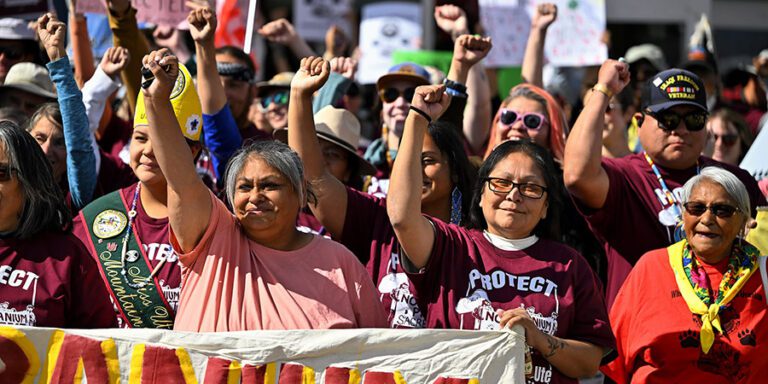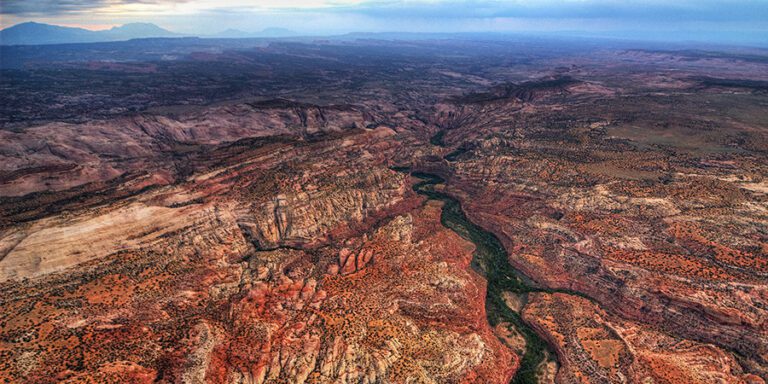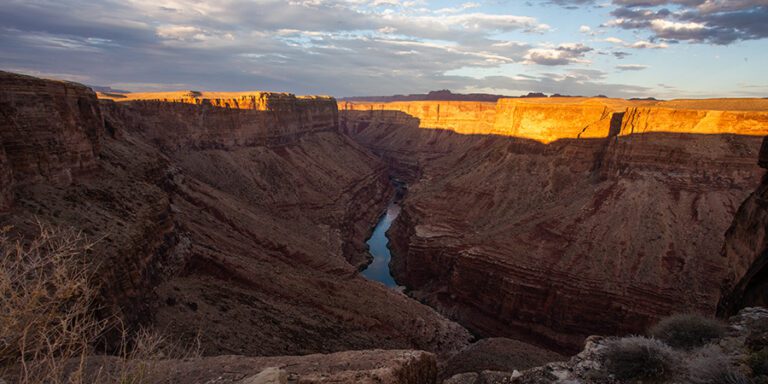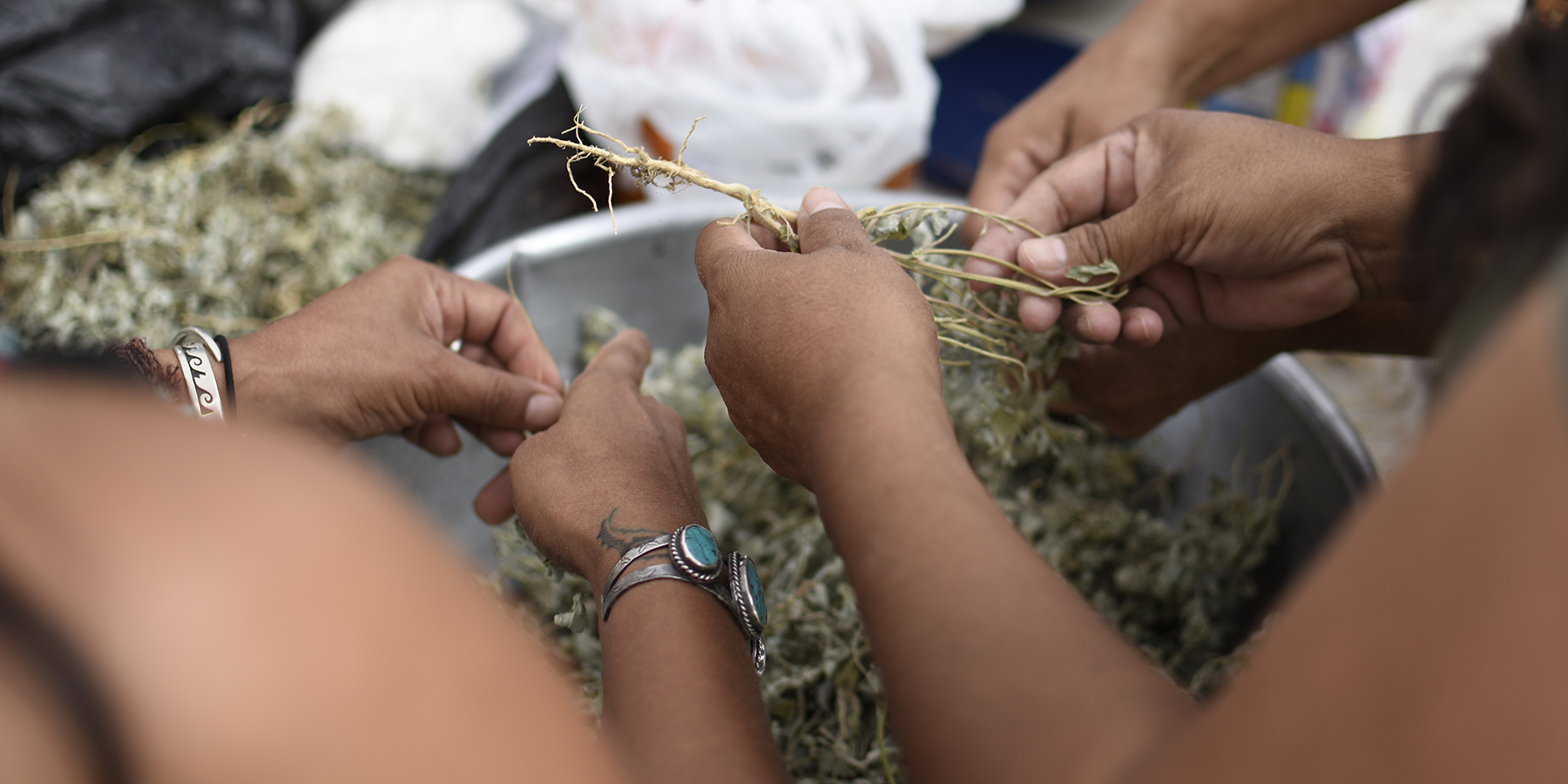
Cultural Landscapes
Supporting Native nations and Indigenous peoples as they protect and defend their cultural landscapes and Indigenous homelands.
Public lands are Indigenous cultural landscapes
Places like Bears Ears National Monument, Baaj Nwwaavjo I’tah Kukveni national monument, and Grand Staircase-Escalante National Monument are more than stores of resources or recreation grounds. They are living landscapes, whose cliff dwellings and villages, petroglyph panels, springs, canyons, mesas, and pathways are inextricably tied to the Native peoples and cultures who still call them home. They are ancestral lands first, and public lands second.
Bears Ears and Baaj Nwaavjo I’tah Kukveni were established as national monuments at the request of Native American tribes. Their proclamations recognize Indigenous peoples’ knowledge of land stewardship as a resource to be protected, as well as a tool to be used in the day-to-day management of these lands.
This should be the rule, not the exception, and in addition to defending and restoring monument boundaries, we’re standing behind Indigenous communities and Native nations as they reclaim the authority to manage their ancestral lands.
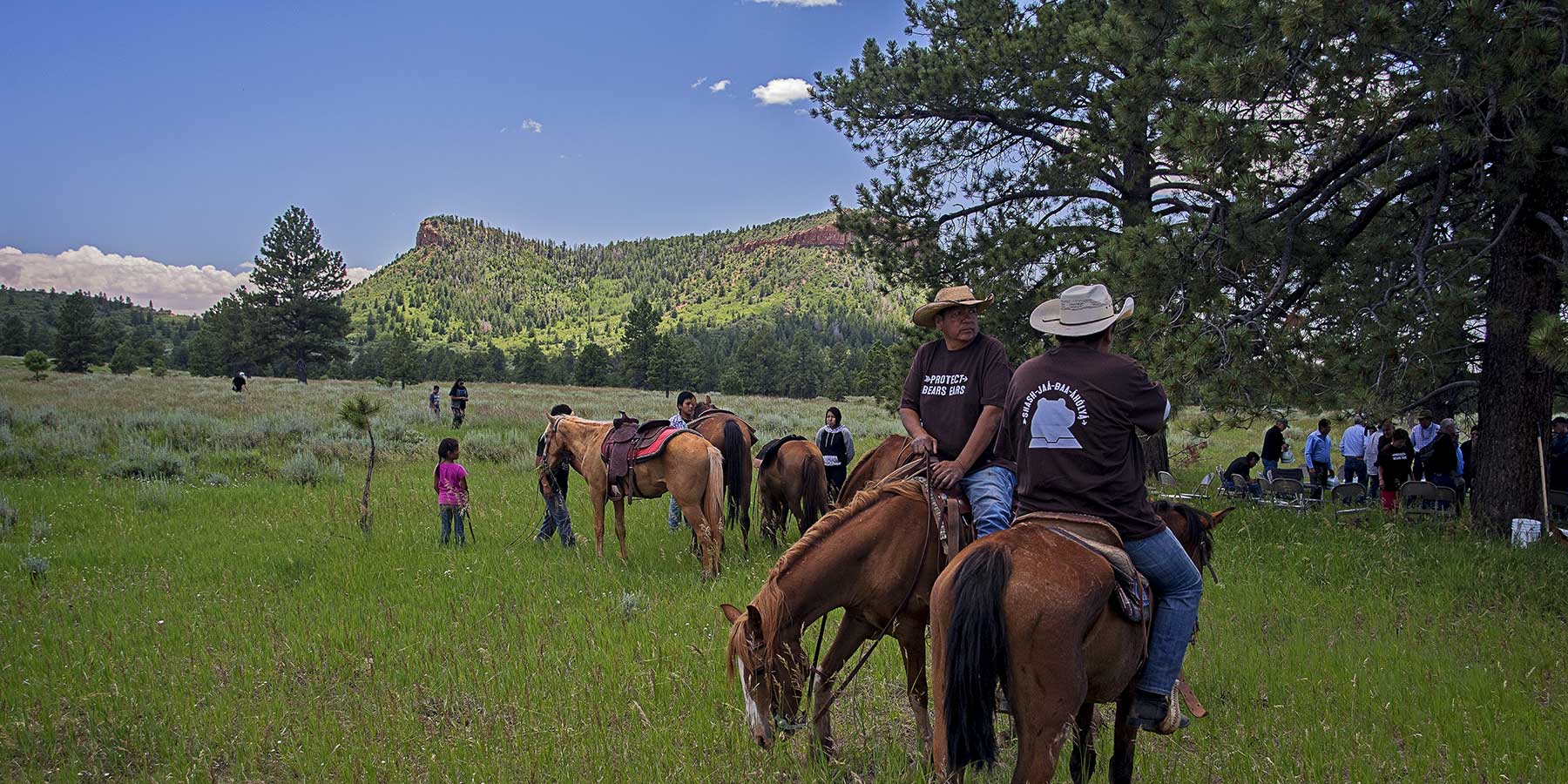
What’s a cultural landscape?
You can’t put a half-acre radius of protection around a cliff dwelling and call it good.
Protecting cultural landscapes requires an understanding of the intricate web of relationships between people and the physical environment.
Cultural landscapes include more than isolated archaeological sites. A cliff dwelling, for example, may be connected to a nearby spring or ancient pilgrimage route. While traditional uses vary by tribe, Indigenous people today rely on these lands for food, medicines, ceremonies, and perpetuation of their cultures.
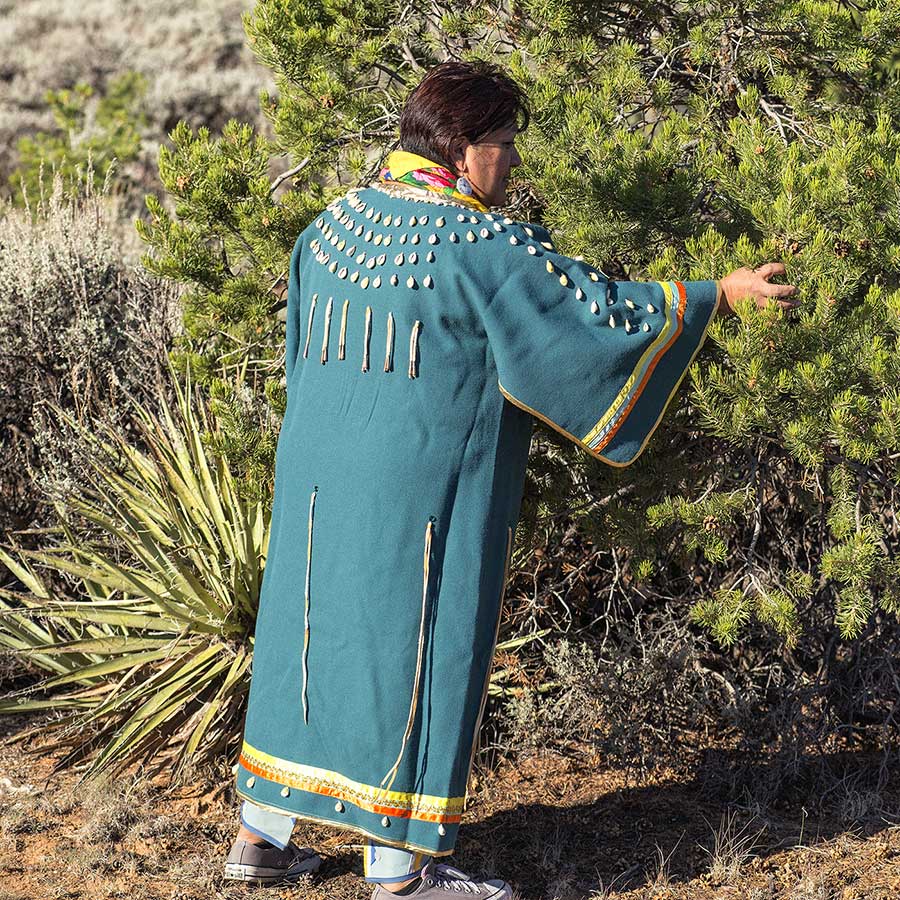
“Our religion and our traditional customs and values begin at birth.
Every day we walk a prayer. It’s not just practicing it. It’s lived from the day you come into this world. It’s lived from the moment you wake up.”
Regina Lopez-Whiteskunk
Former Co-Chair, Bears Ears Inter-Tribal Coalition
How does the Trust help protect cultural landscapes?
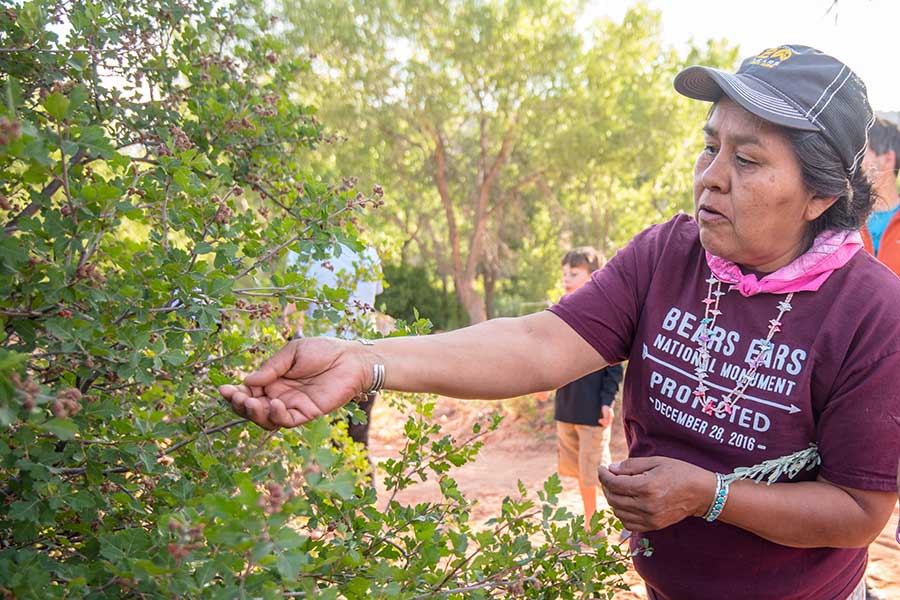
We celebrate traditional knowledge
Respect, reciprocity, and reverence are central to Native peoples’ worldviews and guide relationships between humans and the living world. Their traditional knowledge is grounded in the mutual flourishing of species — a philosophy and practice that stands to teach us how to care for the natural world.
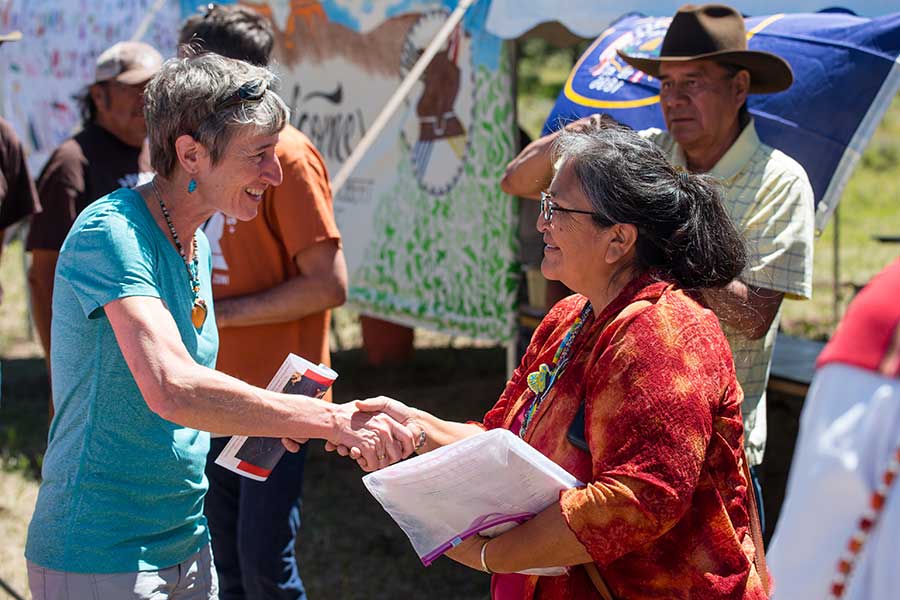
We build up Native communities
The environmental movement has long excluded Native communities, prioritizing the value of the land without the people who are part of it. Our first step as conservationists, hikers, campers, hunters, and others is to acknowledge the historical injustices inherent in public lands and work to build up and support Indigenous communities.
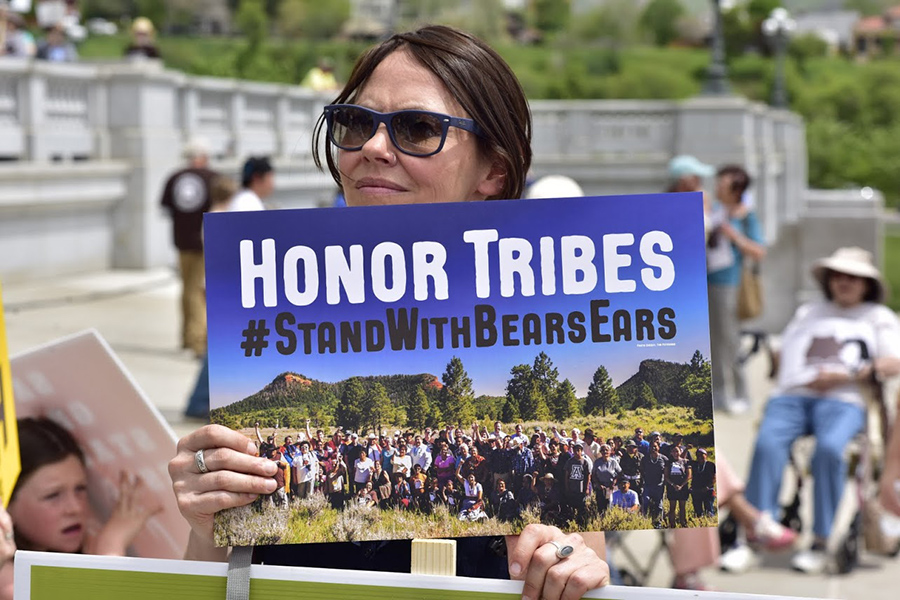
We step back, listen, and learn
To address inequalities that persist today, Indigenous communities must have space to reclaim power. We need to do a better job of genuinely listening, authentically engaging Native people in land-management decisions, and stepping back to honor cultural perspectives and traditional knowledge.
“Once you find out that you have made a mistake, there should be a time that you take to figure out how to resolve the issue. Unless that issue is resolved, that’s going to be a wound that’s going to be taken into the future.”
Tribal council member of the Pueblo of Zia, Native America Calling
How can you support cultural landscapes?
Learn
U.S. colonial history is not the rosy story taught in public schools. Read Native writers, challenge your assumptions, and act to amplify voices that have been silenced.
Visit respectfully
Remember that all public lands are ancestral lands. Be respectful of cultural places, connections, and traditions. Tread lightly when visiting cultural landscapes.
Stand with tribes
If you care about Bears Ears and other public lands, one of the best ways to help protect cultural landscapes is by standing behind Indigenous people .
Recommended Reads
- “An Indigenous Peoples’ History of the United States,” by Rozanne Dunbar-Ortiz (read the review)
- Changing The Narrative About Native Americans: A Guide For Allies
- White Allies, Let’s Be Honest About Decolonization
- No justice without love: why activism must be more generous
- Toward an Ethics of Activism
Native America blog
